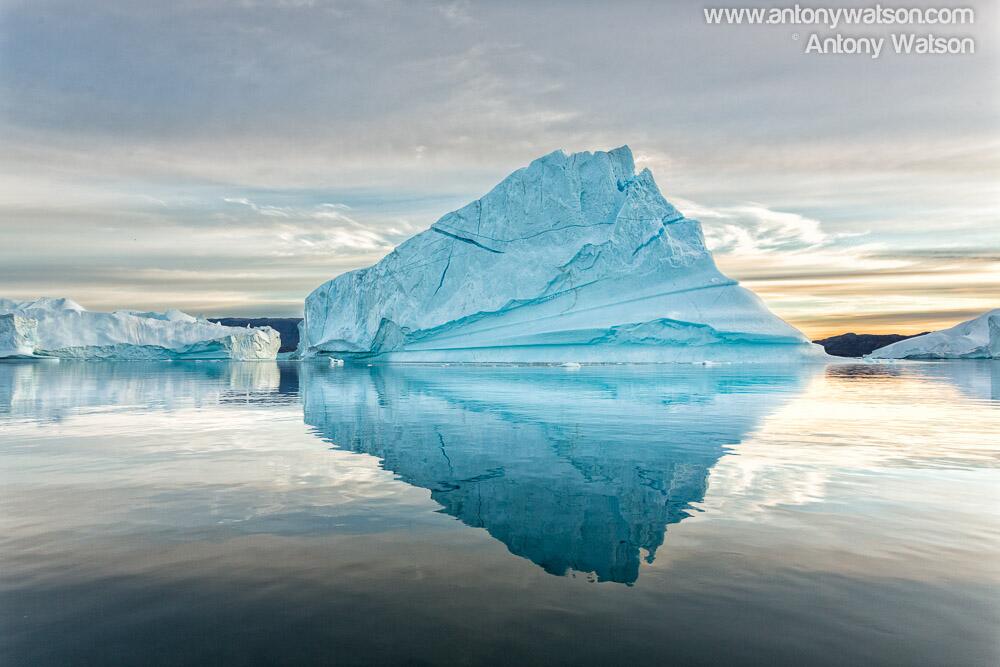Humidity is the plague of all photographers world wide, the root cause of mildew in lenses and camera bodies.
Having been in Vanuatu now for a few days I have had a chance to experience much of the local weather and I must say I am a little over the humidity.
Speaking to a local amateur photographer, he lamented the life span of his DSLR cameras and lenses. “My Canon L – Series lenses last 18 months living here before they were covered with mildew and Canon New Zealand wanted $xxx to dissemble and clean the elements and reassemble but would offer no guarantees of success. I couldn’t believe it ” Why is this so?Canon employs numerous lens coatings on the various elements in their lenses. Especially in the L- Series lenses. Coatings such as SSC (Super Spectra Coating) is multi-layered coatings created by Canon to reduce lens flare and facilitate truer color reproduction, SWC (Subwavelength Structure Coating) is an anti-reflective coating that minimizes ghosting and flare caused by reflected light and Flourine, which is used to give lens elements a super smooth surface to reduce the likelihood of dust and moisture adhering to lens elements and is now used in optical low pass filters on newer EOS Camera bodies. Nikon and other manufacturers also apply coatings to lens elements with equally cryptic and scientific names that serve the same purpose.
All these coatings, designed to improve the optical qualities of lenses, are quite thin coating layers not designed to be touched let alone be scraped as a technician tries to remove mildew and mould. Any application of force and friction to a lens element is fraught with disaster and really should be avoided at all costs.
The local amateur photographer I spoke to above had converted to the Nikon camera system some 12 months after loosing two complete Canon camera set-ups to Mildew. Unfortunately he purchased enthusiast/prosumer Nikon equipment and his lenses were ruined in under 6 months and the replacement lens he has purchased is starting to look a little sad for itself already.
When I asked how he cared for his equipment it was all pretty simple. He kept it in the $25 camera bag he owned…
So a pretty simple solution is available to ensure all your camera gear is kept free from mildew as long as possible is first and foremost, buy weather sealed equipment.
Prosumer equipment is great and more often than not seems like a bargain buy when it comes down to performance versus financial outlay but it always comes with a trade-off and the first thing that is dropped when it comes to production cost cutting is weather sealing closely followed by robustness and optical quality. If you don’t have weather sealed lenses you’re asking for trouble in a tropical climate.
Secondly how you store your camera equipment when not in use is extremely important. A good quality hard case such as those made by Pelican , sporting pressure equalization valves and an IP67 rating (Totally protected against dust and safe for complete immersion up to 1 metre (3 1/3 feet) , helps make the problem of mildew and humidity a non issue.
The use of Silica Gel Packets placed in ones case provides a level of de-humidification that is cheaply obtained online. Be sure to buy a good supply of desiccant gel pack as they are consumed in their use (Silica desiccant can be heated to 300°F driving moisture from the desiccant ready for reuse but the small self contained packets may not survive the heating process and more often than not a an oven is not available whilst on the road). Memory cards and the like can be kept in zip lock bags with desiccant to ensure they remain moisture free.
Thirdly if you are out in the field and you have run out or forgot to pack desiccant, then dry rice can be used. Its not ideal, but when you’re in a bind anything is better than nothing when it comes to protecting your camera equipment. Rice has nowhere near the absorbing power of desiccant but its abundant and wildly available in many remote regions of the world where as desiccant is not.
Last but not least a quick trick if you need to change between lenses whilst in the field, is to open your camera directly to the sun and also expose the rear lens element directly to the sun. A few seconds of direct exposure to the sun will cause any condensation (fog) to quickly evaporate off the rear lens element and focus screen on the camera before you fit the lens to the camera body. A few caveats on this tip, if you’re using a mirror less camera its best not to expose the sensor directly to the sun, and if you’re using a Medium Format Camera, then I highly recommend you don’t disassemble your camera outdoors in a high humidity location.
Now humidity, and especially condensation are not limited to the tropics. Taking your camera from inside a heated cabin on a ship to shoot Icebergs from the deck can also see your lens fog. Carrying a lens cloth at all times means you can defog your lens pretty quickly. Once your camera ‘acclimatises’ to the outdoor temperatures fogging should abate but when you need to get that shot and you can’t wait another 30 seconds, the lens cloth will be your saving grace..
As the saying goes …
“Prevention is better than a cure”
and a few basic precautions, good storage equipment and a few simple techniques should see your photographic equipment none the worse for wear when in use or storage in a humid location.
